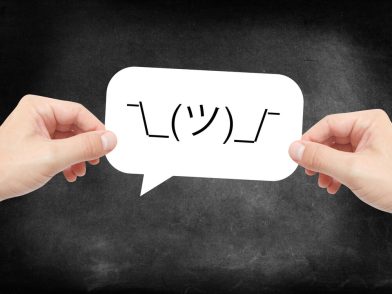How is Children’s day celebrated in different countries: its history and traditions
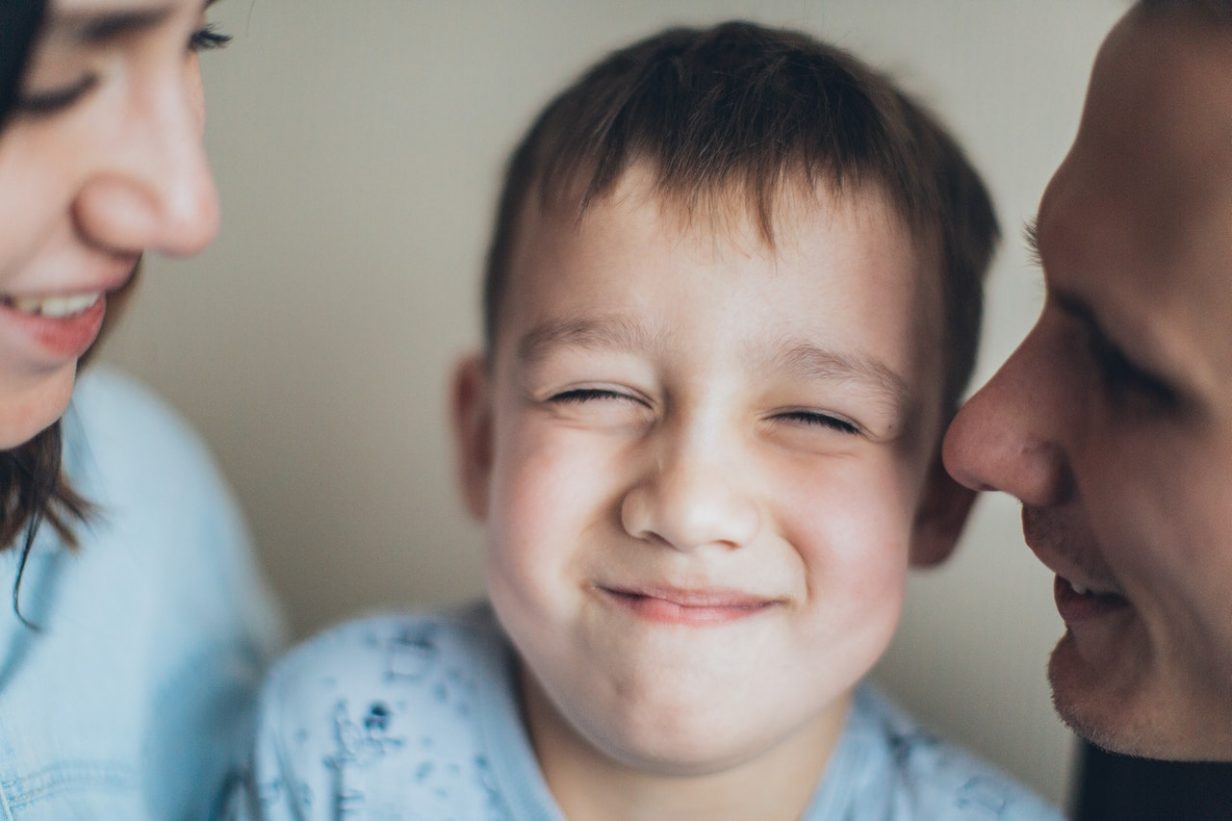
around a quarter of the world’s population celebrates Children’s Day on the 1st of June. According to the official UN data, there are currently around 2.6 billion minors in the world, which accounts for around 30% population. The official classification defines this population group as «children». Nevertheless, the problems which generation Z often faces, very often can be hardly called «child» problems as they include the inaccessibility of education, early sexual initiation, psychological violence in families… On the first day of summer, the attention to protecting the interests of children is drawn all across the world, and new emerging issues are examined under a magnifying glass.
Contents:
- How is this day celebrated in the US?
- The history of the celebration: how was Children’s day invented?
- When is Children’s day celebrated in other countries?
How is this day celebrated in the US?

Children’s day celebration initially takes its roots from a special day to baptize children in the church in 1856, which was originally named Rose Day. Almost a century and a half later, in 1995, President Clinton proclaimed National Children’s Day as October 8th. This initiative was passed onto the next president. when in 2001, George Bush declared the first Sunday of June as National Child’s Day. However, today, this celebration has shifted by a week, to the second Sunday of June.
Activists that participate in the organization of Children’s day, put an emphasis on the fact that the principles acquired and the good deeds initiated on this day, should extend to the remaining 364 days of the year. According to the official Children’s day US website, the main motto of it is «Celebrate wherever you are, do something wonderful», which is a global encouragement for acceptance, mutual help and kindness. Thus, this day is fully dedicated to teaching good and humane actions that would benefit children, and learning to set and achieve positive goals in the long term.
The usual activities on this day in the US are similar to the ones held around the globe: they include charity events, children shows and concerts, choirs and drummers – all highlighting an openness and a multicultural approach.
What is also very important on that day, is addressing the sustainability topic: children are probably the most important and the most appropriate segment of the world’s population for environmental discourse, as they represent the future generation. Numerous initiatives are taken upon on Children’s day, in order to educate future adults on how to take better care of the planet, today and in the years to come.
The history of the celebration: how was Children’s day invented?
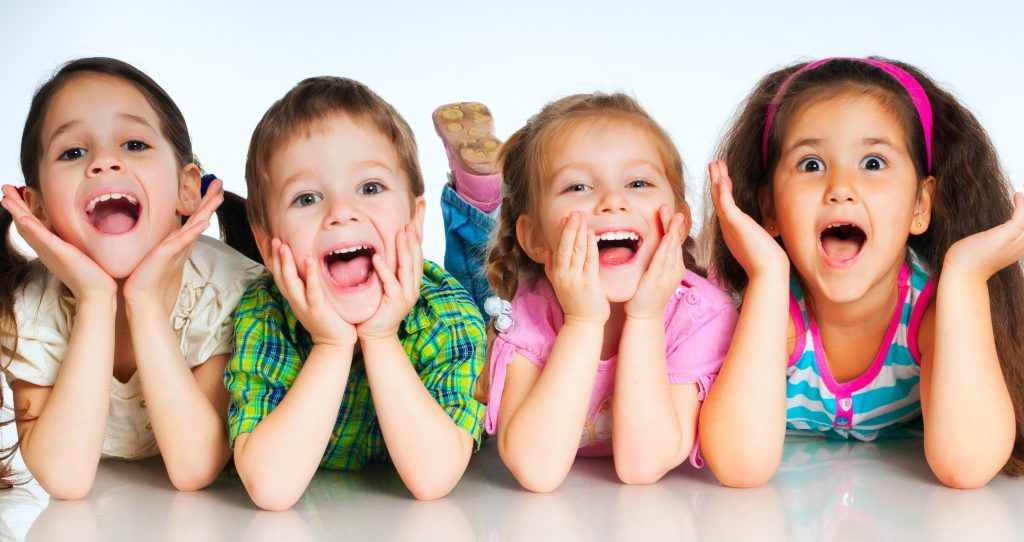
The movement of defending childhood gained an international status due to its proliferation in the late 1940s. The consequences of World War II were highly evident at that point: millions of people lost their lives, the economies of thousands of cities collapsed, crowds of hungry children ended up running around on the streets… At this critical moment, in November 1949, an assembly of the Women’s International Democratic Federation was held in Paris, where a proposition was put forth to establish a new holiday. Without further ado, the new holiday has been created, and in June 1950, Children’s Day was already celebrated in 51 countries!
If the assembly of the Women’s Federation was held in autumn, then why did June 1st become the starting point for a new holiday? Sociologists argue that one of the first-ever international initiatives took place on the first day of summer in 1925. On this day, the Chinese Consulate-General in the US organized a celebration of a holiday in honor of the beginning of summer for the orphan emigrant children. On the same day, an international conference was held in Geneva, where the problems of the younger generation were discussed. Hence, June 1st became the International Children’s Day.
This is one of the few holidays that has its own flag. It depicts the five children in red, blue, white, black and yellow colors. They stand around the globe and hold each other’s hands tightly. This image implies that despite all people being different, they could also be united as one. The green background of the flag symbolizes growth and development.
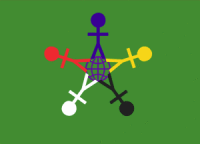
Flag of International Children’s Day. Source – calend.ru
The declaration of the Rights of the Child was first drafted in 1924 and then adopted by the United Nations in 1959, in the form of a recommendation. Three decades later, in 1989, this Declaration was followed by the Convention on the Rights of the Child, adopted by the UN General Assembly. It entered into force 2 September 1990. Hence, since 1990, World Children’s Day also marks the anniversary of the date that the UN General Assembly adopted both the Declaration and the Convention on the Rights of the Child.
World Children’s Day gives each individual an opportunity for an inspirational entry-point to advocate, promote and celebrate children’s rights, translating these initiatives into actions that will all enable them to build a better world for children.
This year, 2020, is very special, as it marks the 30th anniversary of the Convention on the Rights of the Child.
What do children need to be protected from?
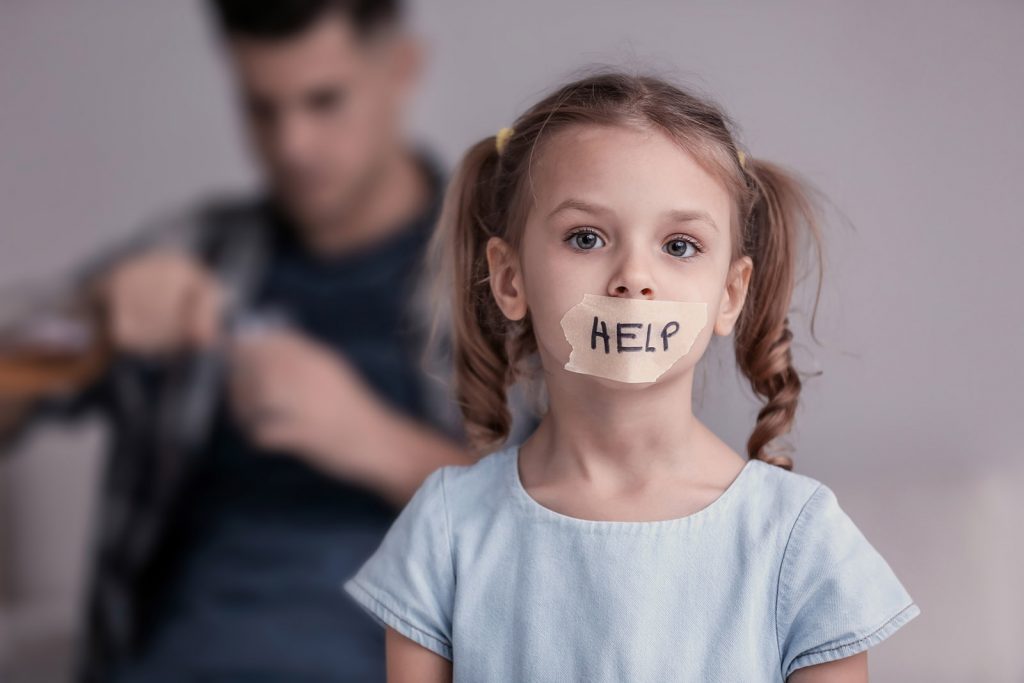
Every continent and every country has got its own threats. Nonetheless, it is, of course, undeniable that children in Europe and Africa face completely different types of problems.
The threats for children that exist in different parts of the world:
- wars and armed conflicts;
- a lack of drinking water and famine;
- the inability to receive education;
- early sexual activity;
- bullying at school;
- addiction to illegal substances;
- computer addiction – numerous studies suggest that even the hobby of playing computer games very often becomes the reason for unmotivated child cruelty.
- the destruction of traditions, customs and behavioral models – this problem is very acute in Japan. The inflow of Western habits and patterns of behavior into the Japanese culture concerns the conservative population segment of Japan.
The fragile children’s psyche also suffers from conflicts in families, where children themselves often suffer from outbursts of aggression. In the US child abuse is up to 40 times more likely to occur when single parents find new partners. This is often related to alcohol or substance abuse. In this case, the role of social workers becomes even more important as they are required to display a timely reaction to domestic abuse and assist with divorces, restraining orders, etc.
Preserving the physical and psychological health of children is one of the most important issues with which educational institutions are currently dealing. According to the Centers of Disease Control and Prevention (CDC), in the US, 27.1% of the children aged 3-17 years have been diagnosed with either ADHD, depression, anxiety, or behavior problems. Those figures sound alarming, however, on a positive note, out of those numbers, more than 53% of the children successfully receive treatment.
Protect your children in every situation! The «Findmykids» app developed for careful and unintrusive parental control, will enable you to ensure that your child is fully safe even when you are not around. The app can be downloaded from the AppStore and GooglePlay.
When is Children’s day celebrated in other countries?
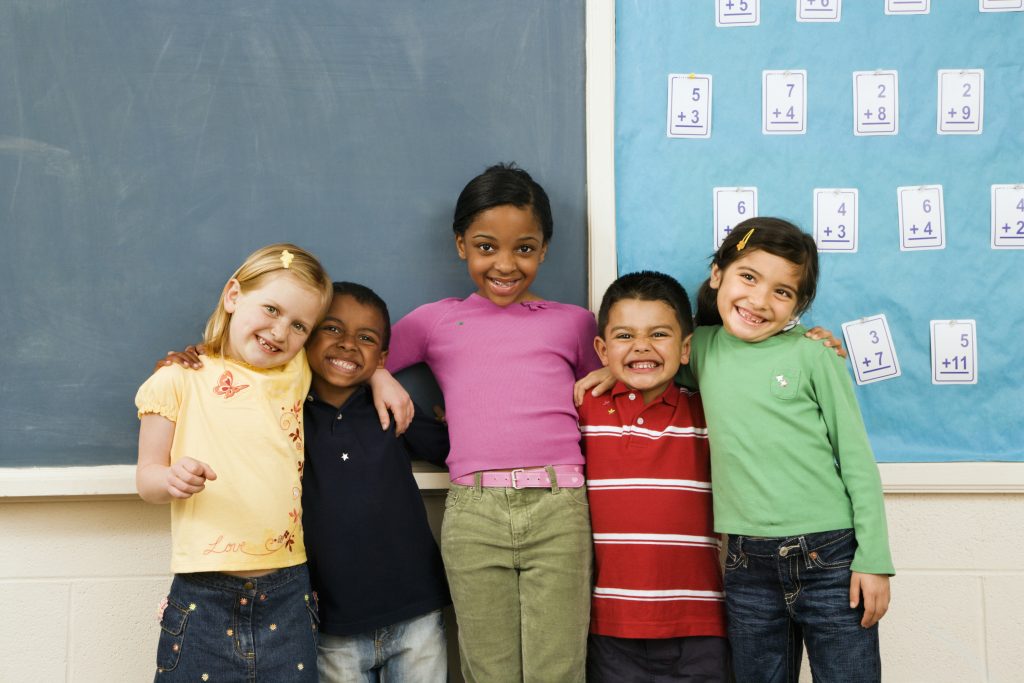
Every country has particularities in the celebration of Children’s day. In Russia, the 1st of June marks the beginning of the summer break at schools and universities. In contrast, in Mexico, Children’s Day is celebrated on April 30th, when the school year is in full swing. Teachers and parents let their children out of the classroom early on this day.
In Chile, Children’s day is celebrated twice a year – on the first Wednesday of October and on the second Sunday of August.
In Brazil, the Dia das Crianças falls on October 12th. It is also interesting to note that in this country, this celebration turns 100 years old in 2020! Brazilians have officially directed their attention towards the issues of children back in 1920 for the first time. The person who had initiated this celebration was the deputy of the federal assembly. In a few years, in 1924, the date of October 12th was officially approved.
In contrast, in Australia, the country has made the decision not to limit themselves to one day of such a celebration. The country has dedicated an entire week to praise children. The residents of the Philippines have taken it onto an even larger scale, having dedicated a whole month to children.

How is Children’s day celebrated?
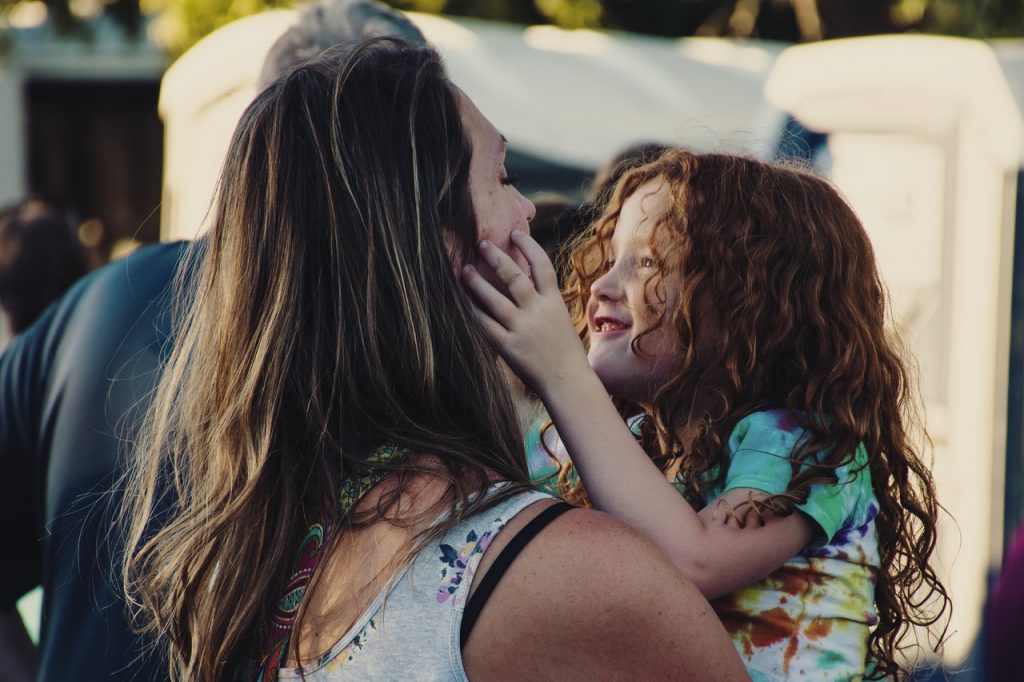
On this day, all across the globe, various events take place, such as exhibitions of children’s art, celebratory concerts, charity events, and discussion round tables – all devoted to issues of childhood and adolescence.
In the US, on Children’s Day, which is not an official national holiday, the doors of hundreds of libraries, cultural centers, and public organizations open exceptionally, with the goal of motivating children to study and gain knowledge. Initially, the holiday was created to draw the attention of parents to the religious education of their children.
In Australia, during the National Children’s week, volunteers devote particular attention to children who have encountered themselves in a difficult life situation. Much attention is paid to children in foster families and pupils of specialized boarding schools. The main idea of this celebration is to give children an opportunity to enjoy their childhood.
In Japan, Children’s day is celebrated 3 times a year! The celebration is divided according to gender. On girls’ day, on March 3rd, people in Japan adorn their houses with dolls and fruits. On boys’ day, on May 5th – all of the attention is devoted to the culture of the samurai.
Last but not least, on November 15th, Japanese people celebrate the «shichi-go-san» which translates as «seven-five-three» and celebrates children of all ages and genders. Why those numbers? For Japanese people, those numbers are considered to be magical and the happiest ages of a child’s life. This celebration has a history that is almost three centuries old.
Two different dates for celebrating separately the day of the girls and the day of the boys exist in Sweden, too. On August 7th, boys have their celebration, and on December 13th, it is the turn of the girls. Boys usually put on lobster costumes as this is associated with courage, and perform in front of the public. Girls do not have a masquerade, however, on their day, they turn into little goddesses (which is associated with the country’s folklore) and do good deeds.

Ecuador has a tradition of handing out gifts to children of the age below 12 years old. Nevertheless, it surely does not mean that parents cannot spoil their older children a little bit on the 1st of June.
In New Zealand, through celebrating «Maori children», the country’s population focuses on the problems of the native tribes.
In Indonesia, festive events take place all around the country, and more than 400 fully functioning specialized help centers. The «Worthy Children» program has been launched in the country with the plan to raise the «golden» generation by 2045. Well, there is more than enough time for the realization of such a noble goal!
In China, this day is considered as a day off for schoolchildren and students. A large proportion of employers let their workers take a day off too, to go and celebrate Children’s day. Museums, cinemas and other cultural institutions are free for visitors on June 1st.
The holiday takes place during the school year as Chinese students study until the end of June, therefore, Children’s day is celebrated at school, however, classes are canceled on this day. Educational institutions organize concerts for children and give out gifts. What is interesting is that parents are usually not invited to these events, all because it is a children’s holiday! There is a tradition of holding a fair on June 1, during which children sell various goods or homemade food. The funds accumulated during those fairs are sent to help low-income families in poor areas of the country.
Germany has been divided into two parts during the years of the Cold War. On June 1st, in the Eastern part of the country, children were given sweets and toys, while in the Western part, on September 20th, the emphasis was heavily placed on politics and improving the living conditions of young people. After the unification of the GDR and the FRG, the country managed to keep both of the holidays and the traditions of their celebration.
In India, the problem of schooling is particularly acute. Children’s Day is celebrated on the birthday of one of the leaders of the state, Jawaharlal Nehru. He believed that the future of the nation depends on children’s’ social care which should be at the highest level. On November 14, a large number of educational, motivational and cultural events are held all around the country.
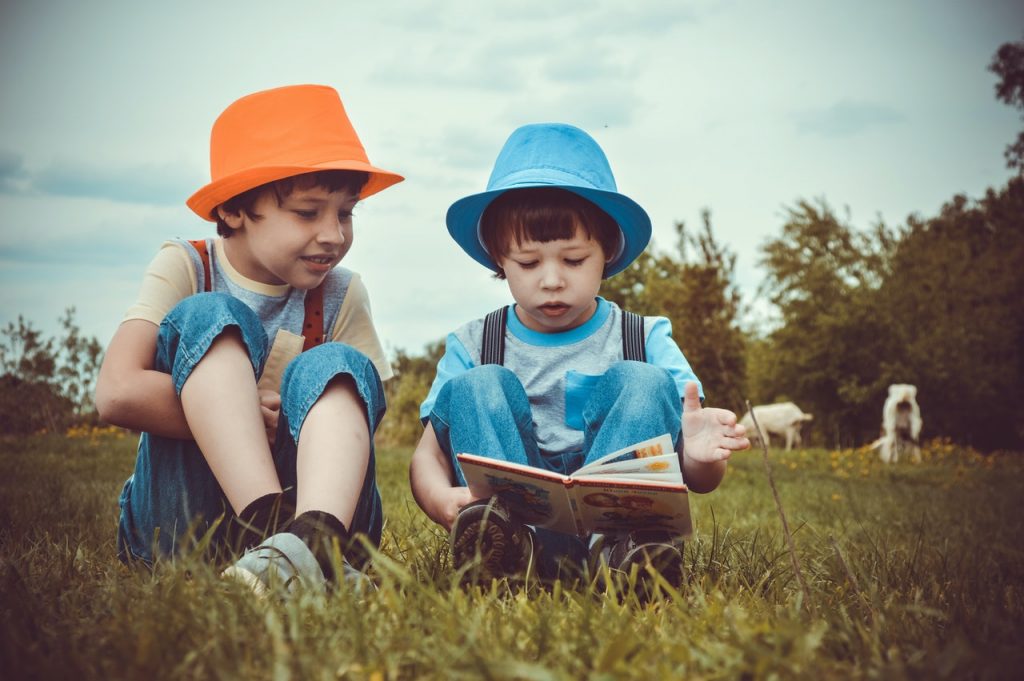
In Brazil, Children’s Day has been celebrated along with the feast of the Marian apparition for over a hundred years! Masquerades, concerts, and processions take place around the country on this day. The tradition of holding holiday sales firstly appeared in Brazil in the 1960s. At first, several companies were offering children products at discounted prices, today there are dozens and dozens of them.
In Russia, the 1st of June marks the beginning of the summer break at schools. This is also the case for the CIS countries. On June 1st, parents, teachers, and public figures receive their rewards.
People in Spain are known for their love for freedom and large public events, especially in parks. Celebrations are often held in the open air and they are free to anyone who wishes to join in for fun flash mobs or concerts.
In the UK, on this day, charity activities traditionally take place. The Queen’s subjects also conduct political speeches in which they demand a review of the state’s position. The government is criticized for «excessive care» about childhood, which borders on cruelty. In England, there are 50 parental litigation cases per 10,000 families. It may sometimes reach the point of absurdity – a child can be taken away from a family due to the fact that they are, for example, suffering from obesity.
Children’s Day is an opportunity to tackle some key worldwide problems. Behind the numerous vibrant events, hides the huge amount of work of entire communities. These include the consolidation of the rights of the young generation and their subsequent protection, the development of health programs of preventative measures, and the reduction of the level of aggression in the society.
On this day, it is worth remembering that young people may encounter some very «grown-up» problems. Children should have the right to education and rest, as well as to their freedom of thought and expression. This holiday acts as a reminder to listen to children more often, without forgetting that, first and foremost, children are in need of love and care, which is something that cannot be replaced by material things. It is highly important to lead by example, day in, day out, 365 days per year.
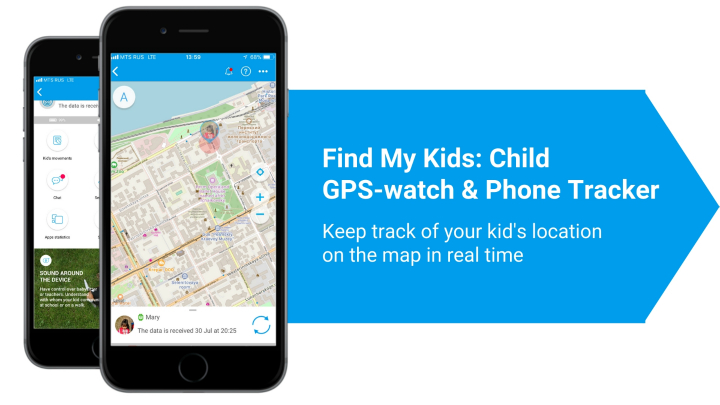
Проверьте электронный ящик















